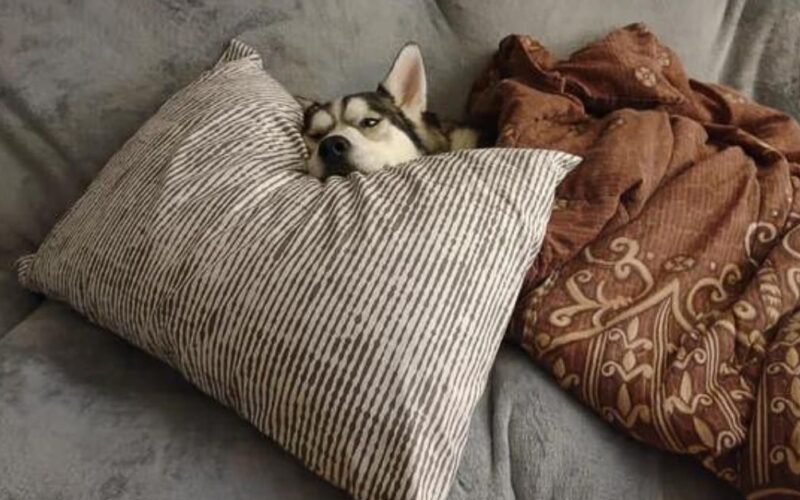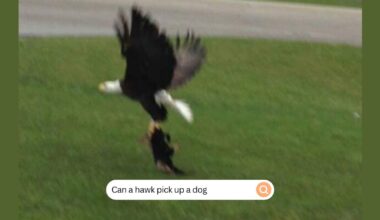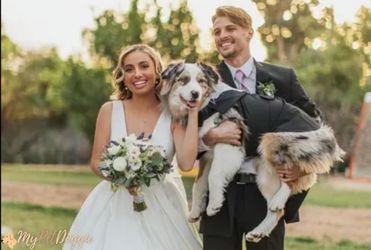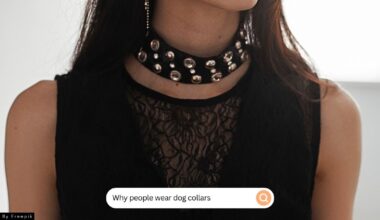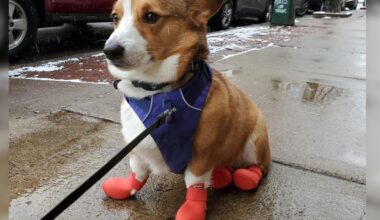Dogs like sleeping under blankets because it feels cozy and safe for them, just like it does for you. Imagine when you sleep under the blanket to stay warm while snuggling on the bed– it’s the same idea for dogs!
But your presence here shows that your dog is actually in love with the blankets and likes to sleep under them more often so much that it’s making you to question this behavior like why do dogs sleep under blankets.
Well, the short answer is – that their instinct makes them to sleep under blankets for a sense of security and warmth, mimicking a den-like environment. For a detailed answer, let’s dive in.
Why Do Dogs Sleep Under Blankets?
Dogs sleep under blankets because it taps into their natural instincts. Before becoming pets, ancient dogs were den animals, seeking shelter for safety. This instinct carries over, and when your pup snuggles under covers, it’s their way of feeling secure and cozy, reflecting an ancient need for a protected space.
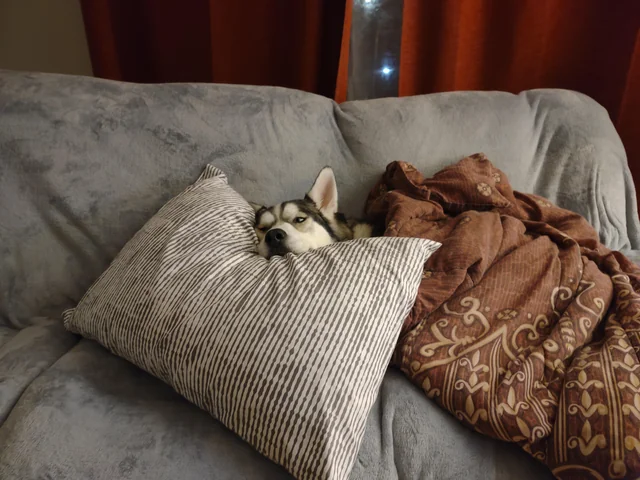
Is It Safe for My Dog to Sleep Under the Blankets All Night?
Puppies can often feel safe hiding under the covers. But in the end, it relies on a few particulars, such as the kind of blanket you have, the breed and health of your dog. Pet-specific blankets or lightweight blankets should work just as well.
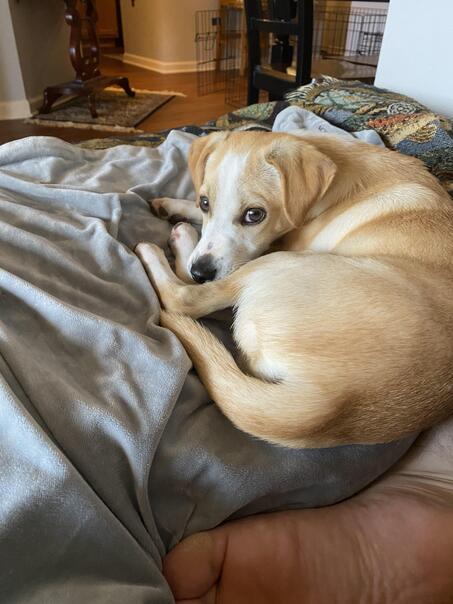
However, you should pay attention to the blanket’s composition and confirm that it doesn’t contain any materials to which your dog is allergic. Problems are less likely to arise with clothing made of more natural materials, such as hemp or 100 percent cotton.
Additionally, you should check for any larger threads or holes that your dog might snag on or try to chew.
Instead, search for blankets made of permeable fabrics that are less likely to tear and are less likely to restrict your dog’s breathing. Additionally, you should watch out that your blankets aren’t tucked up so securely that your dog won’t be able to crawl out from under them.
While these recommendations serve as useful guides for the sort of blanket you select, it’s crucial to also take your dog’s breed into account. Small pups or very small breeds shouldn’t be left alone with blankets because they might not have the strength to get out on their own. The same holds true for older dogs or puppies that have arthritis, as well as flat-faced breeds like Pugs who are more susceptible to overheating. Consult your veterinarian for advice if you’re uncertain what to do.
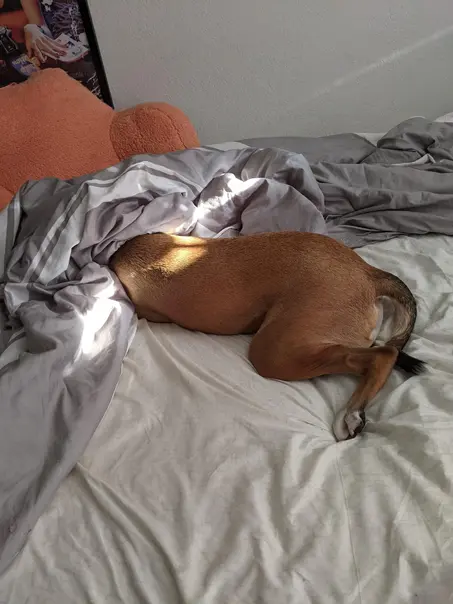
10 Dog Breeds that Burrow Under Blankets
Now we know that dogs have an innate desire to hide under the covers in order to feel safe, entertained, and comfortable.
However, due to their hunting ancestry, some dog breeds are more inclined to display this burrowing tendency. Perhaps all they want is to feel warmer.
Dachshund

Lovingly referred to as ‘sausage dogs’, because of their elongated features, this breed was originally used for hunting small tunneling animals like badgers and rabbits in early Germany. They are known to enjoy burrowing due to their instincts and the need for comfort and require some daily exercise to keep them entertained.
Today Dachshunds are typically kept as companion pets and are described to be affectionate with the people they love so it is exceedingly typical to catch a lazy sausage dog burrowing in their everyday routine.
Chihuahua

Chihuahuas have a thin coat, which makes them more susceptible to feeling cold. As a result, they tend to sleep under covers to maintain their body temperature. This behavior is typical of Chihuahuas and can also be attributed to their upbringing and health issues.
Miniature Pinscher

Many Miniature Pinschers have a natural instinct to burrow and seek warmth, which can explain their tendency to sleep under the covers. This behavior is rooted in their history as rat hunters, where they would crawl into small crevices to catch prey or find shelter. Sleeping under the covers replicates that feeling of security and warmth for them.
Yorkshire Terrier (Yorkie)
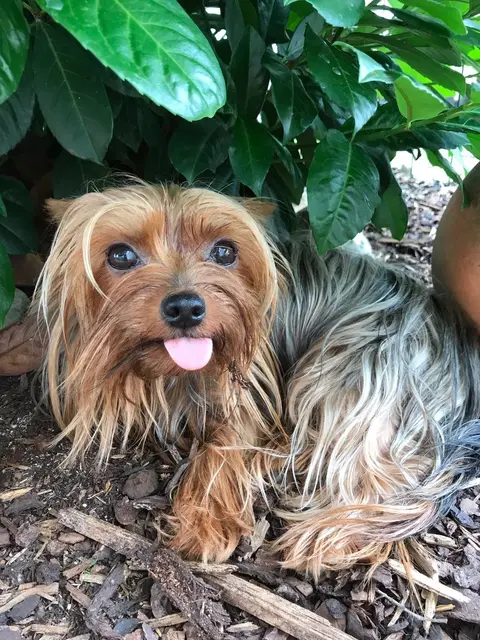
While not every Yorkie will love to dig, many will. The act of digging has been instilled into the breed for many, many generations.
First used as a hunting/ ratting dog, the Yorkie’s main purpose in 1800s England was to chase after vermin and dig into burrows.
Yorkies only have one layer of hair. Most breeds have an undercoat and an overcoat. This means they are much more likely to become cold than other dogs. Burrowing themselves into a blanket helps to warm them back up.
Cavalier King Charles Spaniel

Cavalier King Charles Spaniels often burrow under blankets for warmth, comfort, security, and bonding with their owners.
Chinese Crested
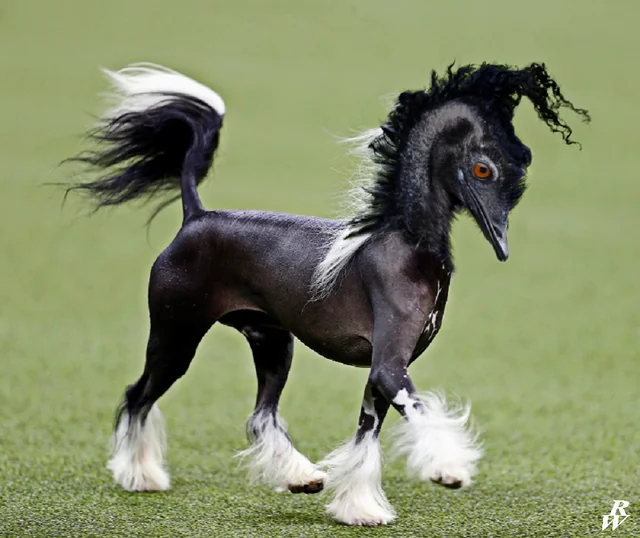
The mostly hairless Chinese Crested use blankets and beds to stay warm due to missing a fur coat. They love to snuggle up under soft blankets, comforters, clothes, and anything else that helps them conserve body heat and feel safe and secure. Give them a cozy cave of blankets to sleep in.
Boston Terrier
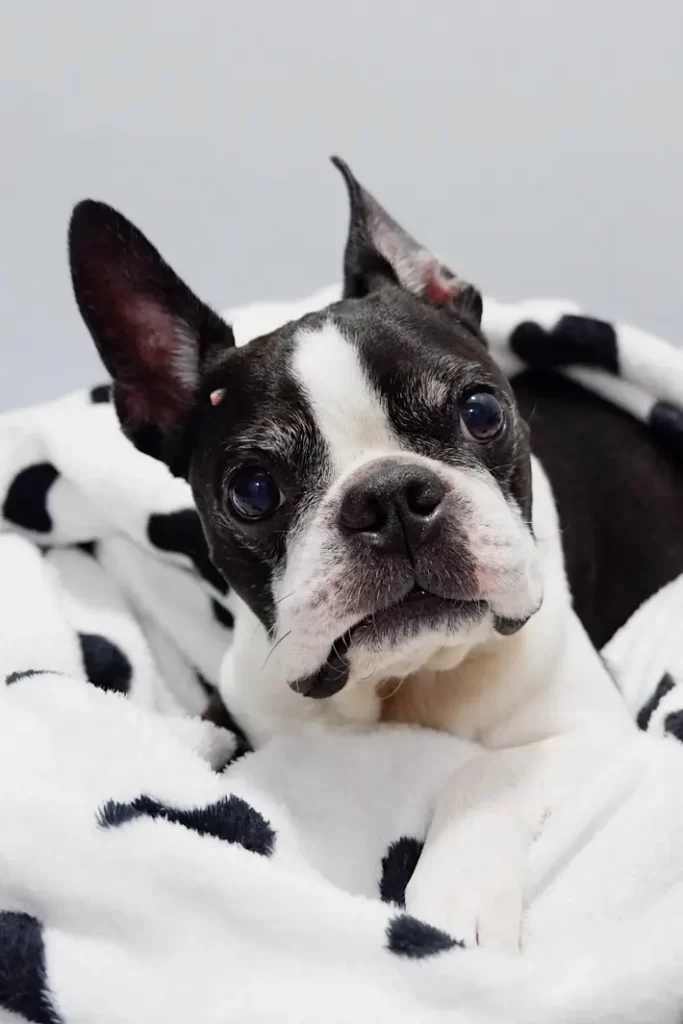
Boston Terriers often sleep curled in a ball or with their legs sticking up in the air. This silly sleeping position lets heat escape. Additionally, Boston Terriers have short snouts that can lead to breathing difficulties. Sleeping buried under blankets allows them to breathe more easily and stay cozy.
Pug

It’s no secret that Pugs are velcro dogs that love their owners. Your Pug could be sleeping under your blanket because they are comfortable being close to you.
Moreover, If your pooch suffers from anxiety, sleeping under the blankets will help make them feel safer and calmer. If your Pug only sleeps under the blankets during the colder seasons, it could be a way to stay warm throughout the night.
Italian Greyhound

Most Greyhounds have very short, thin coats and little body fat. Their lean build that makes them fast runners also means they get cold easily. Greyhounds are sensitive to temperature extremes and drafts. Sleeping under a blanket helps them stay nice and toasty.
Cairn Terrier
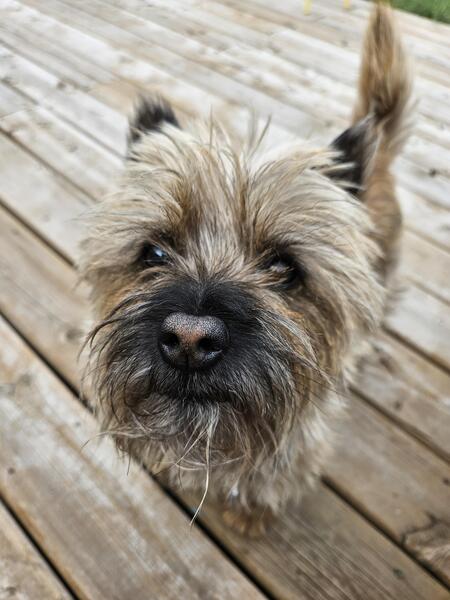
The Cairn Terrier was originally a hunting dog for small animals that lived underground in early Scotland. They display these traits by finding comfort in resting under blankets. Due to this history, they also enjoy burrowing out of instinct and may be found digging out of boredom.
Common Question:
Do dogs need ventilation?
Proper ventilation is crucial for your dog’s health and well-being. Without adequate airflow, your dog’s living space can become stuffy and uncomfortable, leading to a host of potential health problems. Poor ventilation can also cause moisture buildup, which can lead to mold and mildew growth.
How do I know if my dog is cold at night?
By keeping an eye out for symptoms like shivering, seeking warmth, or curling up tightly, you can tell if your dog is cold at night. Other warning signs include cold paws and ears. If your dog displays these symptoms, provide them a warm sleeping space with blankets, or think about getting them a dog sweater to keep them warm on chilly evenings. If worries continue, speak with your veterinarian for more guidance on how to meet your dog’s needs.
How long can a dog breathe without air?
A dog’s brain can become permanently damaged if it goes without breathing for more than three to five minutes. There is basically little chance of surviving beyond 10 minutes.
How should a dog breathe while sleeping?
A normal sleeping respiratory rate is less than 30 breaths per minute. Sleeping respiratory rates greater than 50 breaths per minute, increased respiratory effort, or open-mouth breathing may indicate an emergency and your pet should be evaluated by a veterinarian immediately.
Do dogs need blankets at night?
Dogs’ need for blankets at night varies. Breeds with thin fur, elderly dogs, small breeds, and puppies may benefit from blankets for added warmth. Healthy adult dogs with thick fur can often regulate their temperature without blankets, but some may enjoy the comfort.
